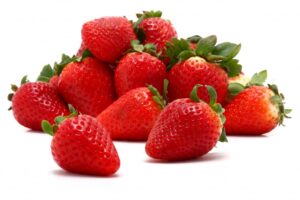Irrigation is an important human achievement akin to the discovery of fire and the invention of the wheel. Irrigation is the precise control of water for growing food and fiber. This control allows for farmers to use water when it is most needed by the plant. The potential productivity of lands under irrigation are more than twice that of the potential for those rain-fed approaches common elsewhere, and it provides us with much of our food in the United States!
California has the second most irrigated acreage in the United States, with Nebraska alone irrigating more. While the vast majority of Nebraska’s irrigated acres grow corn, California’s almost 8 million irrigated acres are dedicated to a wide diversity of more than 300 crops.
There are numerous types of irrigation, each being chosen based on a number of factors. The local climate, the grade of soil, and the crop types are only a few of the many considerations that go into matching the best irrigation method to the situation.
Irrigation methods are broken into two basic types, gravity fed, and pressurized systems.
- Gravity-fed systems are the more-established type of irrigation. They rely on the force of gravity to naturally move water through the field, and do not require elaborate pumps and filters to move the water to the plants.
- Pressurized systems are closer in appearance to what is used in homes and gardens. These systems allow for greater control over the water given to the plant, but require electrical pumps and large filters to deliver water to the plant.
Listen to the Coalition’s ‘Farm Water Minute – Irrigation’ promotional by clicking here!







